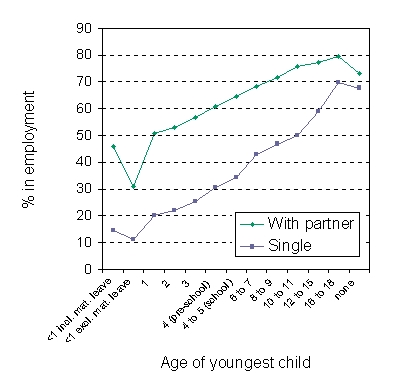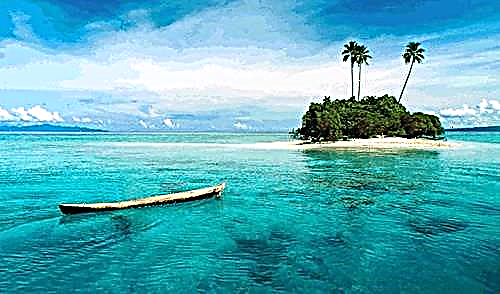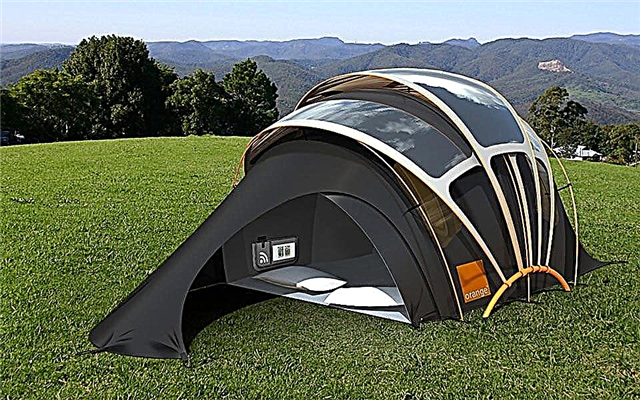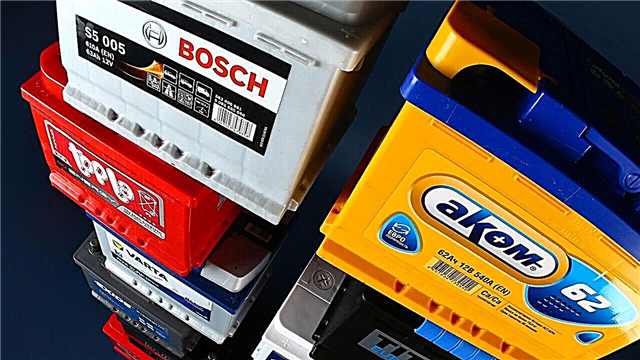Correct and reliable nodes not only allow you to save the trophy when fighting, but also more convenient in the fishing process. Neat and strong knots do not scare away fish, reduce the risk of damage to gear. We represent top 10 fishing knotswhich will help to simply and reliably connect the snap-in.
Advice! Before the final tightening of the knot, be sure to moisten it well with water or saliva. This will prevent fraying and loss of strength.
10. Greenner
 Strong and universal knot. Suitable for fastening: hooks, swivels, 2 ends of the fishing line and floating pop-up nozzles used in feeder fishing. It is not difficult to tie. The breaking load is 89%, but when such a node connects 2 woods, it decreases to 75%.
Strong and universal knot. Suitable for fastening: hooks, swivels, 2 ends of the fishing line and floating pop-up nozzles used in feeder fishing. It is not difficult to tie. The breaking load is 89%, but when such a node connects 2 woods, it decreases to 75%.
Used for all types of woods: monophile, braid and fluorocarbon.
9. Marker node
 It is used for feeder gear. Usually a special elastic material is used, which is attached to the main fishing line and serves to indicate the measuring marks.
It is used for feeder gear. Usually a special elastic material is used, which is attached to the main fishing line and serves to indicate the measuring marks.
This is the most durable fishing unit, does not slip on the fishing line. If necessary, it can be quickly removed: pull the ends of the elastic thread and pull it out of the knot. After removal, a slight deformation will remain, but it will not have a negative impact on the working qualities of the fishing line.
8. Palomar
 Such a node is recommended in the first place to master a beginner. Used for attaching hooks. Strength is 80%. They are considered good fishing nodes that can withstand the attack of an aggressive predator. Suitable for both monolese and braid.
Such a node is recommended in the first place to master a beginner. Used for attaching hooks. Strength is 80%. They are considered good fishing nodes that can withstand the attack of an aggressive predator. Suitable for both monolese and braid.
There are several varieties: single, double and triple. The latter is used for spinners and nozzles with a large eye.
7. Knotless
 The node is used to create a hair snap. It is mainly used for braids. Simple in execution, but very strong and reliable.
The node is used to create a hair snap. It is mainly used for braids. Simple in execution, but very strong and reliable.
To make it even more reliable, it is recommended to lay the turns of the fishing line evenly, without fly fishing. You can additionally use glue.
6. Leader
 Use for feeder gear: tie the shock leader to the main fishing line. Securely fastens the 2 ends of the fishing line, even with different diameters and types. At the junction, the knot is very neat, but the strength is 80%. To master it is not difficult.
Use for feeder gear: tie the shock leader to the main fishing line. Securely fastens the 2 ends of the fishing line, even with different diameters and types. At the junction, the knot is very neat, but the strength is 80%. To master it is not difficult.
5. Simple loop
 Universal node. Helps fasten leashes and floats. In water, it is invisible. Its strength is very high, but it is performed quite simply. Suitable for monofilament and braids. Such a node is used on an industrial scale. And also there are all kinds of variations.
Universal node. Helps fasten leashes and floats. In water, it is invisible. Its strength is very high, but it is performed quite simply. Suitable for monofilament and braids. Such a node is used on an industrial scale. And also there are all kinds of variations.
4. Carrot
 This is the strongest fishing site. It is used when you need to fasten the 2 ends of the fishing line of different diameters and types and to attach the shock leader to the main fishing line. Often fluorocarbon is connected with a wicker.
This is the strongest fishing site. It is used when you need to fasten the 2 ends of the fishing line of different diameters and types and to attach the shock leader to the main fishing line. Often fluorocarbon is connected with a wicker.
The strength of the node is up to 70% and does not depend on the properties of the lines used. It is very easy to tie. The knot is strong, but can relax, then it can simply be tightened more tightly.
3. Albright
 It has high strength. It is used to fasten the leash and the shock leader to the base line and when fishing in difficult conditions, when there is a risk of tearing the equipment. Tightly connects 2 fishing lines with each other, even of different diameters and structures. It’s easy to master.
It has high strength. It is used to fasten the leash and the shock leader to the base line and when fishing in difficult conditions, when there is a risk of tearing the equipment. Tightly connects 2 fishing lines with each other, even of different diameters and structures. It’s easy to master.
2. Clinch
 They are considered the best fishing units for hooks, leashes, nozzles, carbines and swivels. It has high strength, but only when using braids or monofilaments with a diameter of up to 0.4 mm. If you take more, the reliability of the node is reduced. It is easy to tie, since it does not have complex weaves.
They are considered the best fishing units for hooks, leashes, nozzles, carbines and swivels. It has high strength, but only when using braids or monofilaments with a diameter of up to 0.4 mm. If you take more, the reliability of the node is reduced. It is easy to tie, since it does not have complex weaves.
1. Snell
 This is the simplest fishing knot on a hook, which is applied to different fishing lines: monofilaments and braids of various diameters. It is attached to the forearm and has excellent durability. When fighting, it distributes the load throughout the entire rig. Therefore, aggressive jerking fish will not spoil the fishing line.
This is the simplest fishing knot on a hook, which is applied to different fishing lines: monofilaments and braids of various diameters. It is attached to the forearm and has excellent durability. When fighting, it distributes the load throughout the entire rig. Therefore, aggressive jerking fish will not spoil the fishing line.
All nodes are very strong. Thanks to them, the equipment will be held securely and the trophy will not go off the hook and will not ruin the tackle.












